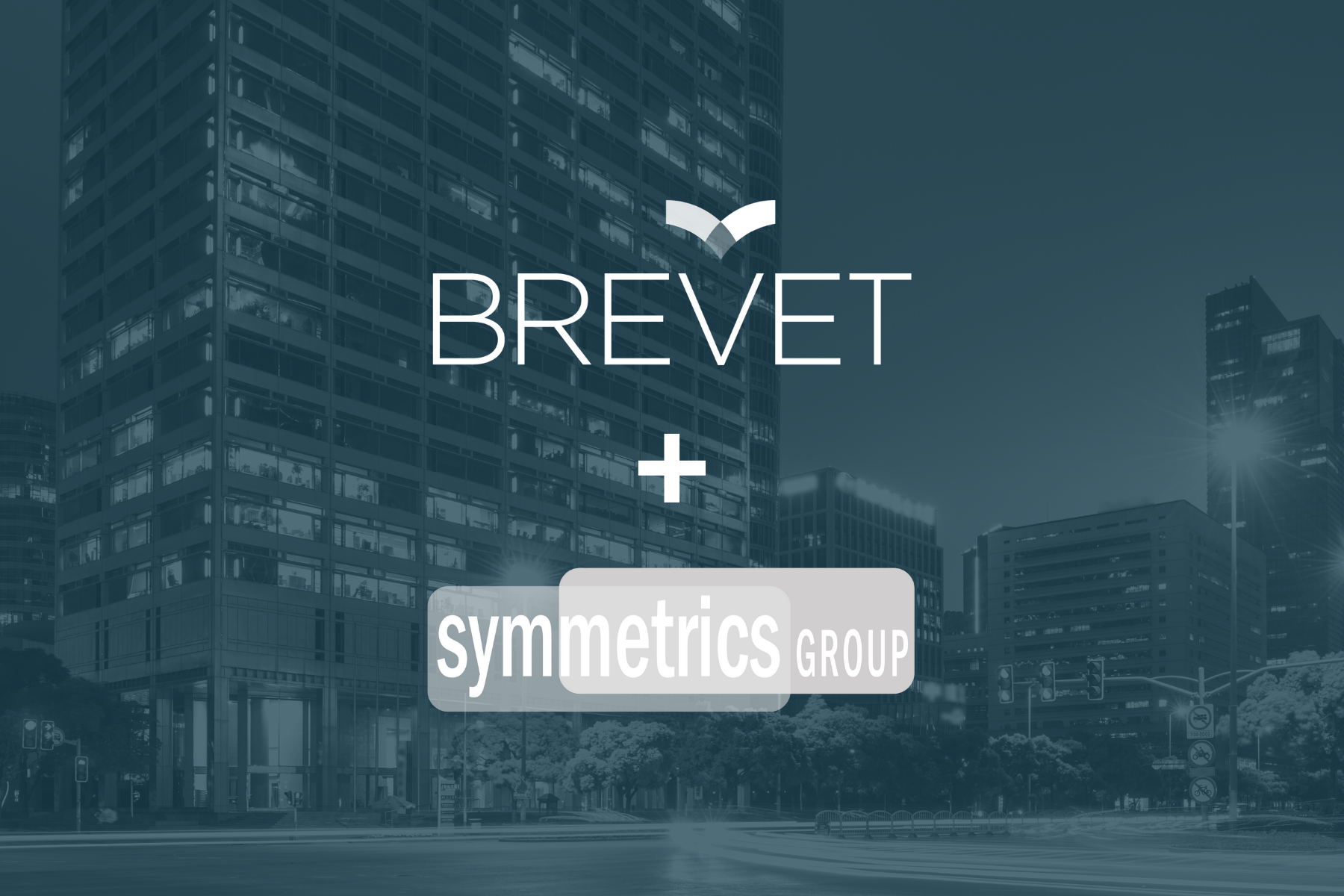I met last week with the Sales Operations leader of a large software company. After much discussion about his current state, he looked at me and asked, “Are you #$%&^ serious? You’re asking me to build a sales process that embraces this messiness?”
“Yes”, I responded, “if you really want your sales methodology to work. But, if you’d prefer for it to be clean and academic, move forward as planned.”
This leader is seasoned and sharp. But like many sales ops execs, he’s a ‘process guy’. Most of his career has been focused on implementing systems to manage opportunities and forecasts.
At the same time, he knows modern selling is messy, non linear, highly situational. And despite being a structured, systems thinker, he knew a ‘messy’ approach to methodology was the right answer.
So how do you build a ‘process’ around something that’s inherently ‘messy’?
First, we laid out how to build situational awareness within his teams. As we’ve shared before here, here, here, and here, situational awareness is key to selling success. Situational awareness involves three things for the rep: 1) Identifying the critical factors in a deal, 2) Putting those factors together to form a mental model of the situation, and 3) Making some projection about what will happen next.
We then discussed how to map his company’s most common selling situations. This effort focuses on uncovering the factors that define the deal scenarios. His company’s factors included specific customer issues, compelling events, legacy tech, stakeholders, and capital budget cycles.
Finally, we talked about what a rep should do based on their situational awareness. This is where most selling approaches fall short. We’ve seen many solid diagnostic tools and lots of great messaging frameworks. But the biggest hurdle is helping reps bridge observations to actions. How do you help a rep understand what to do AND when to do it? We refer to the defined selling actions that align to specific scenarios as Sales Plays. Sales Plays pull everything together for the rep. There are seven elements of a Sales Play:
|
Sales Play Elements |
Definition |
|---|---|
|
Objective |
What’s the primary outcome to achieve when running this play (defined in terms of customer actions)? |
|
When to Use |
What situational factors does the rep need to see before running this play? |
|
Know |
What knowledge must the rep have about the customer or solution to execute this play? |
|
Say |
What specific message needs to get delivered as part of this play? |
|
Do |
What seller actions need to be taken during the execution of this play? |
|
Show |
What insight, content or materials can be used to support the actions and messages? This typically comes in the form of templated correspondence and collateral. |
Sales Plays guide reps to assess a situation and respond with very targeted selling behaviors. In complex sales, reps will likely run multiple plays as the deal progresses. Sales Play options occur at different pivot points long the messy customer journey.
Example Software Company Sales Play:
|
Sales Play |
"All-Aboard" |
|---|---|
|
Objective |
Align a skeptical stakeholder |
|
When to Use |
When the deal can’t progress until the analytically-minded skeptic has been neutralized or turned into an advocate |
|
Know |
Gain a true understanding of the skeptic’s current position and commitment to the status quo |
|
Say |
Specific language tailored to the company. In the case of the software company, this messaging included scripted sales conversation language that:
|
|
Do |
Play included guidance for conducting an orchestrated Solution Option Workshop (included workshop positioning and invitation, agenda, ideal attendees, etc.). The purpose of this workshop is to demonstrate expertise and credibility to win over the skeptic. As part of the workshop, the rep is directed to:
|
|
Show |
|
I reminded my contact that his high performers already use this approach intuitively. Our research continues to validate more than 30 years of academic findings. No one-size-fits-all when it comes to sales process. The best reps are more aware of the distinctive aspects of deals and selling interactions. They’re also better at adapting in the face of the ever-evolving deal. In other words, the best reps embrace the messiness. A linear sales process looks good on paper. But tracking clean sales stages in a linear model doesn’t match what’s actually happening in the field.
I ended the discussion with a football analogy. Modern sales reps are quarterbacks of the deal. They constantly assess the selling dynamics and run the right plays for that situation.
I’m a huge Seahawk fan and there’s not a QB on the planet that embraces the messiness like Russell Wilson. Russell constantly runs for his life, escapes defenders and turns dire situations into game-winning plays. No coach would design plays like the ones Russell regularly runs. In the same way, reps are constantly scrambling to navigate today’s complex deals.
Don’t ignore the messy reality, embrace it. More importantly, equip reps with a more flexible and adaptive sales methodology. This approach gives your reps the creativity to move deals forward, but still provides structure. Just as Russell has coaches and a playbook for the offense, you must support your reps. Sales teams need great coaches and a playbook of sales plays they can execute at any stage of the deal.
Do you know which types of plays have the most impact on your opportunities? Let’s have a discussion to learn more about how a ‘messy’ approach could improve your average deal sizes and win rates. Check out our research to learn more about how situational awareness is the anchor to your sales process and sales enablement programs.
About The Author
 Ralph is a partner with The Brevet Group, and for 20 years he has led sales performance teams in the United States and Asia. Recently he also served as a sales leader in both the media and technology industries. Ralph’s work has focused on a unique blend of management consulting and sales enablement to help companies execute their sales strategies. Prior to this role, Ralph was the APAC sales effectiveness leader at Mercer.
Ralph is a partner with The Brevet Group, and for 20 years he has led sales performance teams in the United States and Asia. Recently he also served as a sales leader in both the media and technology industries. Ralph’s work has focused on a unique blend of management consulting and sales enablement to help companies execute their sales strategies. Prior to this role, Ralph was the APAC sales effectiveness leader at Mercer.




